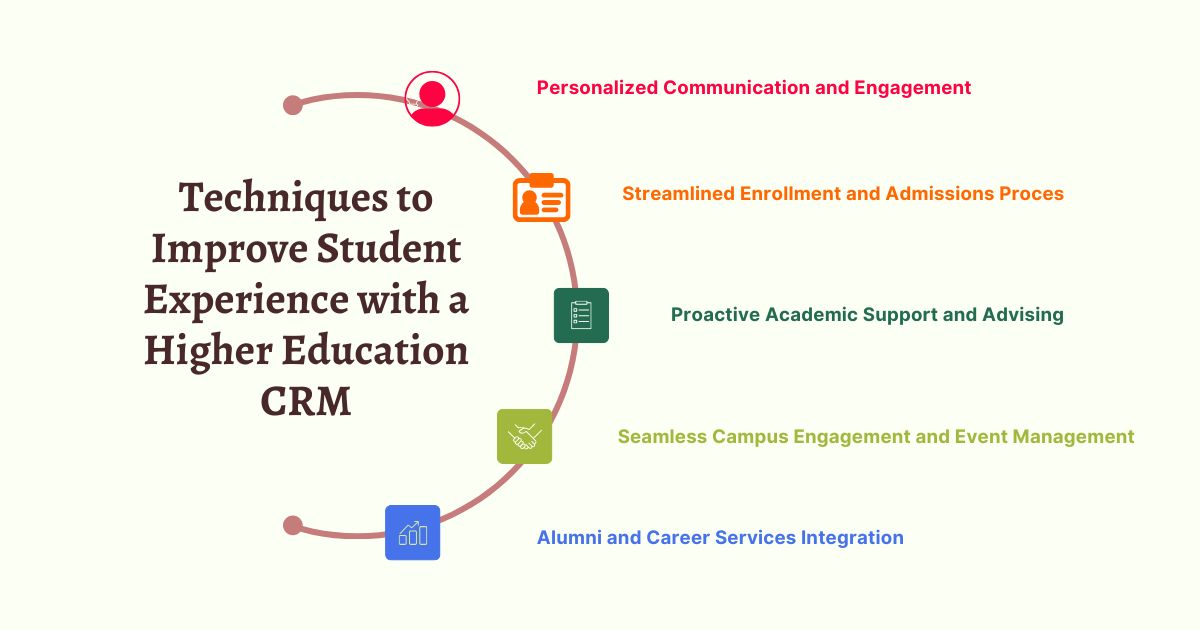Table of Contents

Choosing the right communication channel has never been more important in international education. With thousands of students searching for universities and programs abroad, the way institutions communicate plays a key role in shaping decisions. Two of the most powerful mediums are blogs and videos.
But the big question is: Which one works better to engage future international students?
Let’s explore how both work, their benefits, and the strategies you can use to attract and inspire students who are dreaming of studying abroad.
What Are Blogs and Videos in Student Engagement?
Blogs
Blogs are written articles published on university or consultant websites. They provide in-depth information, guides, success stories, and practical tips that international students actively search for.
For example:
- “Top 10 Scholarships for International Students in 2025”
- “How to Prepare for Your Student Visa Interview”
- “Best Cities to Study Computer Science Abroad”
Blogs are SEO-friendly and help universities rank on search engines, ensuring students discover them while researching.
Videos
Videos are visual stories delivered through platforms like YouTube, Instagram, or TikTok. They are engaging, fast, and often more relatable.
Examples include:
- Campus tours.
- Student testimonials.
- Q&A sessions with admission officers.
- Explainer videos about programs and application processes.
Videos are often emotion-driven, making students feel connected before they even step on campus.
How Blogs and Videos Work in Student Engagement
- Blogs attract students through search engines. Students looking for information about studying abroad often land on blog pages that answer their questions.
- Videos capture attention quickly. They rely on visuals, emotions, and storytelling to build trust and excitement.
Together, they form a content ecosystem where blogs provide depth, while videos create instant engagement.
Benefits of Blogs for Engaging International Students
- 📌 Improves SEO rankings → Helps students find your institution online.
- 📌 Provides detailed guidance → In-depth content builds authority and trust.
- 📌 Cost-effective → Easier to produce compared to high-quality video.
- 📌 Reusable content → Blogs can be updated regularly to stay relevant.
- 📌 Resource hub → Serves as a knowledge center for students.
Benefits of Videos for Engaging International Students
- 🎥 Boosts emotional connection → Students see real people and experiences.
- 🎥 Higher engagement → Videos are more likely to be shared and remembered.
- 🎥 Explains complex topics easily → Visual storytelling simplifies tough processes.
- 🎥 Social media friendly → Fits perfectly on platforms where students spend time.
- 🎥 Builds authenticity → Testimonials and campus tours feel genuine.
Challenges of Blogs vs. Videos
- Blogs: Need consistent writing and strong SEO strategy. Risk of being too text-heavy if not engaging.
- Videos: Require higher production effort and budget. Not always SEO-friendly unless optimized with transcripts and titles.
Strategies to Engage International Students Using Blogs
- Target Relevant Keywords
- Use terms like “study abroad tips,” “student visa guide,” “best countries for international students.”
- Create Actionable Content
- Step-by-step guides (visa, admission, scholarships).
- Lists and comparisons (universities, courses, destinations).
- Highlight Student Stories
- Share alumni experiences and success journeys.
- Add Visuals
- Infographics, charts, and images make blogs more digestible.
- Update Regularly
- Keep blogs fresh with new data and updated regulations.
Strategies to Engage International Students Using Videos
- Campus Life Showcases
- Give a real feel of life abroad. Show dorms, libraries, events.
- Student Testimonials
- Real students explaining their journey build credibility.
- Explainer Videos
- Short clips on how to apply, scholarship deadlines, or program overviews.
- Interactive Formats
- Live Q&A sessions on Instagram or YouTube.
- Short-Form Videos
- Use TikTok or Instagram Reels to capture quick attention.
Blog vs. Video: Which Works Best?
It depends on your goal:
- If you want to educate and build authority → Blogs win.
- If you want to engage emotionally and inspire action → Videos win.
- If you want maximum impact → Combine both.
For example:
- A blog titled “How to Get a Student Visa in the UK” can be paired with a video showing the visa interview experience.
- A blog on “Best Courses in Australia for 2025” can include short videos featuring professors or students.
This integrated approach ensures students find you on Google and feel connected when they see your videos.
Combined Strategy: Blog + Video for Best Engagement
🔑 Why choose one when you can use both?
- Start with a blog → Provides depth and SEO traffic.
- Embed a video → Keeps students engaged and increases time on page.
- Share both on social media → Expands reach and visibility.
- Repurpose content → Turn blog posts into video scripts and videos into blog transcriptions.
Key Takeaways
- Blogs = Trust + Information
- Videos = Emotion + Engagement
- Future international students need both clarity and connection.
- The best strategy is to combine blogs and videos for maximum reach and impact.
FAQs on Blog vs. Video Engagement
- Are blogs still effective for international student recruitment?
Yes. Blogs drive SEO traffic and position your institution as a reliable information source. - Do students prefer watching videos over reading blogs?
Many prefer videos for quick learning, but they still use blogs for detailed information. - Which platform is best for student-focused videos?
YouTube, Instagram, and TikTok are top choices. For professional settings, LinkedIn also works. - How often should universities post blogs or videos?
At least 2–3 blogs and 1–2 videos per month create steady engagement. - Can blogs and videos work together?
Absolutely. Embedding videos in blogs boosts both engagement and SEO rankings.
Final Thoughts
When it comes to engaging future international students, the choice is not blog vs. video—it’s blog + video. Blogs give students the detailed, reliable information they search for, while videos create emotional bonds and authentic connections.
The most successful institutions use both in harmony, ensuring they reach students at every stage—research, decision-making, and application.
If you want to attract the next generation of international students, combine information with inspiration. That is the formula for success.




